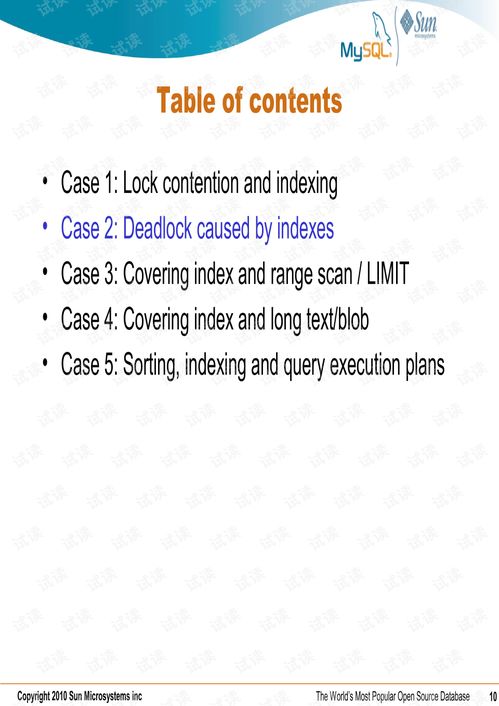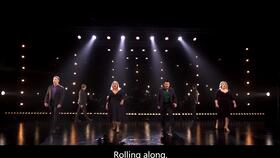Content:
In the age of digital media, capturing your fishing adventures through video has become a popular way to share your experiences with friends, family, and fellow anglers. However, filming a compelling fishing video requires more than just pointing a camera at the water. Here are some essential tips and techniques to help you learn how to shoot professional-looking fishing videos.
Planning Your Video
Before you even pick up a camera, it's important to plan your fishing video. Consider the following:

- Purpose: What is the goal of your video? Are you trying to showcase your fishing skills, document a fishing trip, or simply share your passion for the sport?
- Location: Choose a location that offers good scenery and potential for interesting shots. Consider the time of day and weather conditions that will affect lighting and visibility.
- Content: Decide what you want to include in your video. This could be the actual fishing action, interviews with fellow anglers, tips and tricks, or even the journey to your fishing spot.
Gear Up
The right equipment can make a significant difference in the quality of your video. Here's what you'll need:
- Camera: A DSLR or a high-quality action camera is ideal for filming in the great outdoors. These cameras offer manual settings for better control over exposure and focus.
- Lenses: A wide-angle lens is great for capturing the surroundings, while a telephoto lens can zoom in on your fishing action.
- Tripod: A stable tripod is essential for keeping your camera steady and minimizing shake.
- Microphone: A good quality external microphone can capture clearer audio, which is crucial for storytelling and interviews.
- Memory Cards: Use high-speed memory cards to ensure smooth video recording and transfer.
Mastering the Basics
Once you have your gear ready, here are some fundamental techniques to get you started:
- Composition: Follow the rule of thirds to create more engaging shots. This involves dividing your frame into nine equal parts and placing your subjects at the intersections of the lines.
- Frame Rate: For a smooth and cinematic look, shoot at 24 or 30 frames per second (fps). For more dynamic and high-energy shots, consider shooting at 60 fps.
- Lighting: The golden hours (one hour before sunrise and one hour after sunset) offer the most flattering natural light. Use a flash or artificial lighting if necessary.
- Focus: Set your focus on the most important part of the scene, such as the fish or the angler. Use auto-focus if available, or manual focus for more control.
Capturing the Action
To make your fishing video captivating, focus on the following aspects:
- Close-ups: Capture close-ups of the fishing action, such as the rod, reel, and line. This can help viewers feel more connected to the experience.
- Wide Shots: Include wide shots of the fishing spot to provide context and show the surrounding environment.
- Smooth Transitions: Use smooth transitions between shots to create a seamless narrative. Avoid abrupt cuts or jumps.
- Sound: Use your microphone to capture the sounds of the fishing environment, such as birds, waves, and the angler's movements. Avoid background noise as much as possible.
Editing Your Video
Post-production is where your video comes together. Here are some tips for editing:
- Storytelling: Organize your video into a coherent narrative. Begin with an introduction, follow with the main content, and end with a conclusion or a call to action.
- Cutting: Keep your cuts smooth and avoid jump cuts. Use transitions to enhance the flow of the video.
- Music: Add background music to set the mood and keep the viewer engaged. Choose music that complements the fishing environment.
- Filters and Effects: Use filters and effects sparingly to enhance the visual appeal of your video without overwhelming the content.
Sharing Your Video
Once your video is complete, share it with the world. Consider the following:
- Platform: Choose the right platform for your video, whether it's YouTube, Instagram, or another social media site.
- Description: Write a compelling description that includes keywords related to fishing and your video content.
- Hashtags: Use relevant hashtags to increase the visibility of your video to a wider audience.
By following these tips and techniques, you'll be well on your way to creating captivating fishing videos that showcase your passion for the sport and inspire others to enjoy it as well. Happy filming!












